At the nation’s largest display exhibition IMID which was held in October at the KINTEX, Ilsan, the latest display products received great attentions including the Samsung Display’s curved UHD TV, Galaxy Note Edge curved edge display, etc.
Especially, the ‘Vision Aid’ function for the red-green color deficient person was noticeable above all technologies. It is a display of a new concept assisting red-green color deficient person to recognize precise colors. We had a chance to talk to the research and development personnel of Samsung Display and hear about the operation mechanism as well as the behind story.

<Vision Aid R&D Personnel>
■ Tell us about the context of developing the Vision Aid!
→ We literally were researching the technology for the future display. We are not concerned with improving the existing picture quality related issues such resolution, contrast range, etc. but with finding new technologies which will be needed in the future. The conclusion made after a long consideration is ‘to make humanistic display for humans.’ As starting from that perspective, numerous projects came into the sight for us to develop the commonly termed ‘Bio Display’. And the Vision Aid is part of the Samsung Display’s Bio Display.
■ Tell us the meaning and significance of this technology!
→ It is said that everything in the 21st century is connected through the internet. It is not too much to say that one sees the world through a display of a smartphone, tablet, PC, etc. And there are over 3% of color deficient person in the general population of Korea. That is, at least 1.5 million people are not able to distinguish colors exactly. We believe this is very important to research the display that enables color deficient people to see precise images and videos in the era of internet.
This is not the first technology concerning the color deficient people. But previous technologies were primarily about increasing the color discrimination by changing the value of color like transforming the red into purple. Then, it becomes more difficult to recognize correct colors as it distorts the original color. The Vision Aid helps one to recognize color without any alteration or distortion of color.
■ Tell us more about the technological principles and methods!
→ The cone cells in the retina of the eye play a role of transmitting the detected lights to the optic nerves. There are three types of receptors for red, green and blue. The red-green color deficiency occurs as the functions of the receptors of red and green decrease. The degree of the cone cell function degradation determines the level of color deficiency. When it is impossible to distinguish red or green at all, one becomes red-green color blind.
The Vision Aid is a technology adjusting the red and green colors to appear more intense purposefully. For this purpose, the degree of color deficiency was digitized and classified to be applied as a color compensation technology and enhanced the completeness through the technology verification conducted in consultation with ophthalmologists.
■ What was the core element that enabled to realize this technology?
→ The Vision Aid is a technology possible due to the special quality of AMOLED that uses organic light emitting diodes. What you need to do is just control to emit stronger red and green colors. And it is possible to manage the degree of red and green colors depending on the level of color deficiency. However, there is a restriction in realizing it with LCD as it is structurally hard to control the light by pixel.

<‘Vision Aid’ display that was uncovered at IMID 2014>
■ How was the collaboration process with ophthalmologists for the development of Vision Aid?
→ Many ophthalmologists of considerable authorities advised on numerous aspect in the course of development. For the customers who choose to use our product, we are currently joint developing the intuitive evaluation methods appropriate for IT devices.
Saying that “Until now, there only was the test method for color deficient people but no particular treatment, so it would be a great help if it is developed”, a professor who has developed the test method for color deficiency gave us a lot of help and proposed diverse ideas. The display technology is equivalent to the field concerning the human vision and thus, the experience with ophthalmologists was helpful in developing other products.
■ Was there any episode in the process of development?
→ What was critical in the course of development was the hands on evaluation by the color deficient people but it was not easy to have testers. As it became known to the company that we are developing the technology for the color deficient people, many employees volunteered as a tester. One of them told us that he had to memorize the entire test sheet to pass the physical examination when it was hard to get a job. As those volunteer testers have experienced many discomforts due to the color deficiency, they were very much interested in the Vision Aid technology and willing to help us developing the product.
■ You all must have felt rewarded when developing this technology.
It is very reassuring to have many supporters who understand the importance of the bio display. It was a pleasant experience to realize a possibility for a new development of display as working with the professionals from the diverse fields such as ophthalmologists, psychiatrists, psychologists, etc. The biggest thrill is that this technology actually could be helpful for the people experiencing visual discomforts.
※ The color deficient person experience filter used in this video is to verify the Vision Aid function and there can be slight differences for each actual color deficient person.
Source : Samsung Display Blog
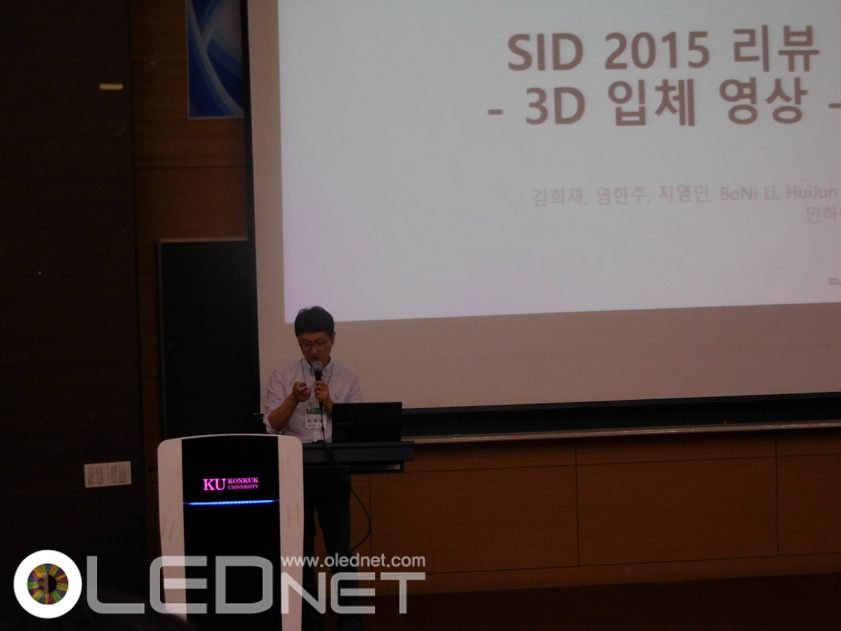

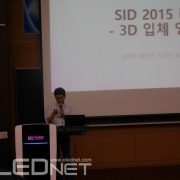
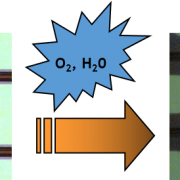

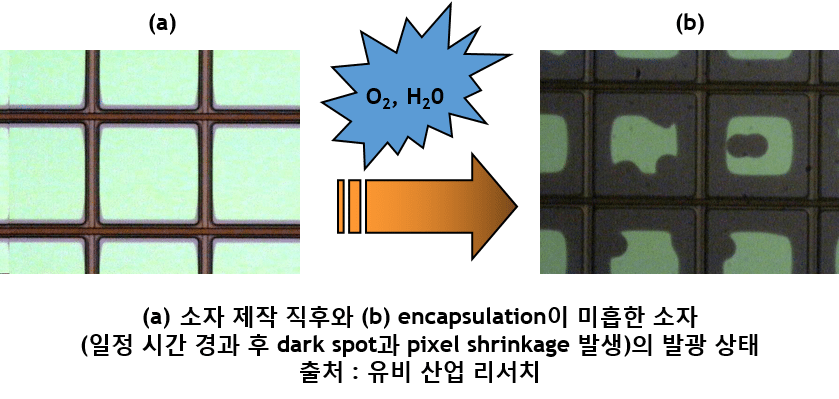



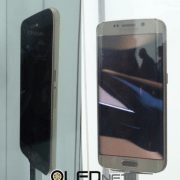
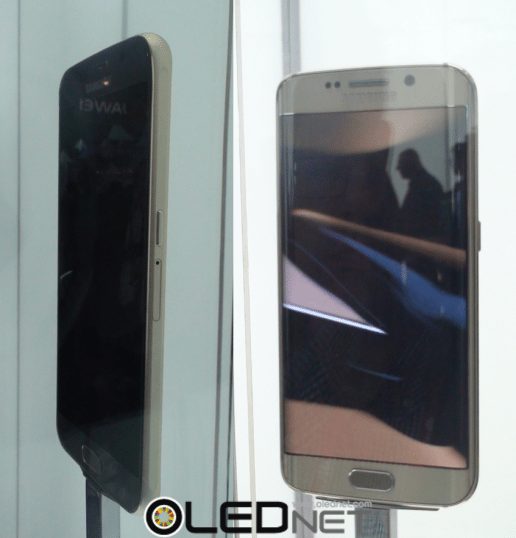
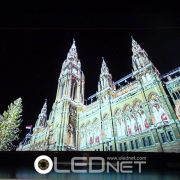


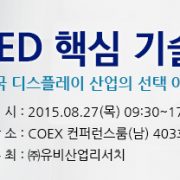
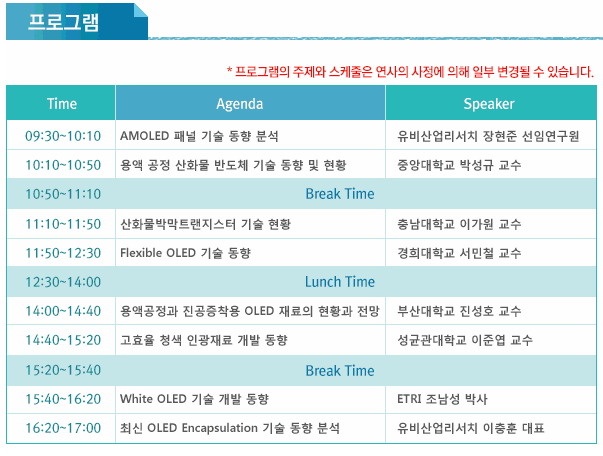
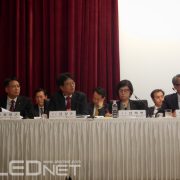
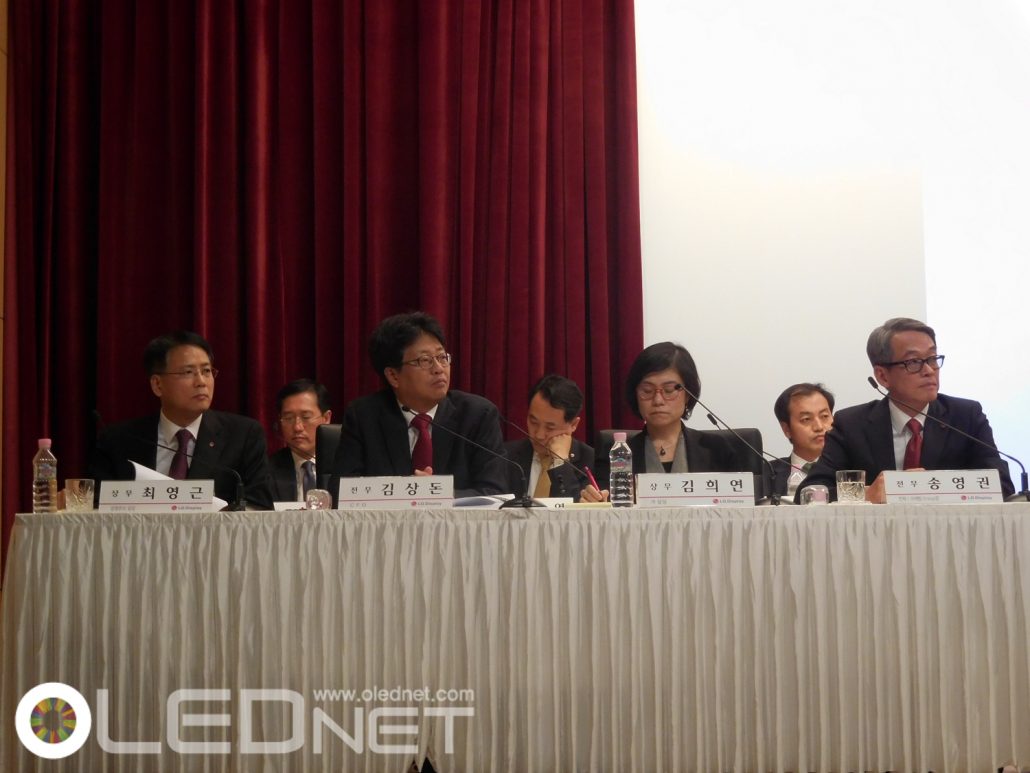
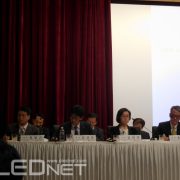
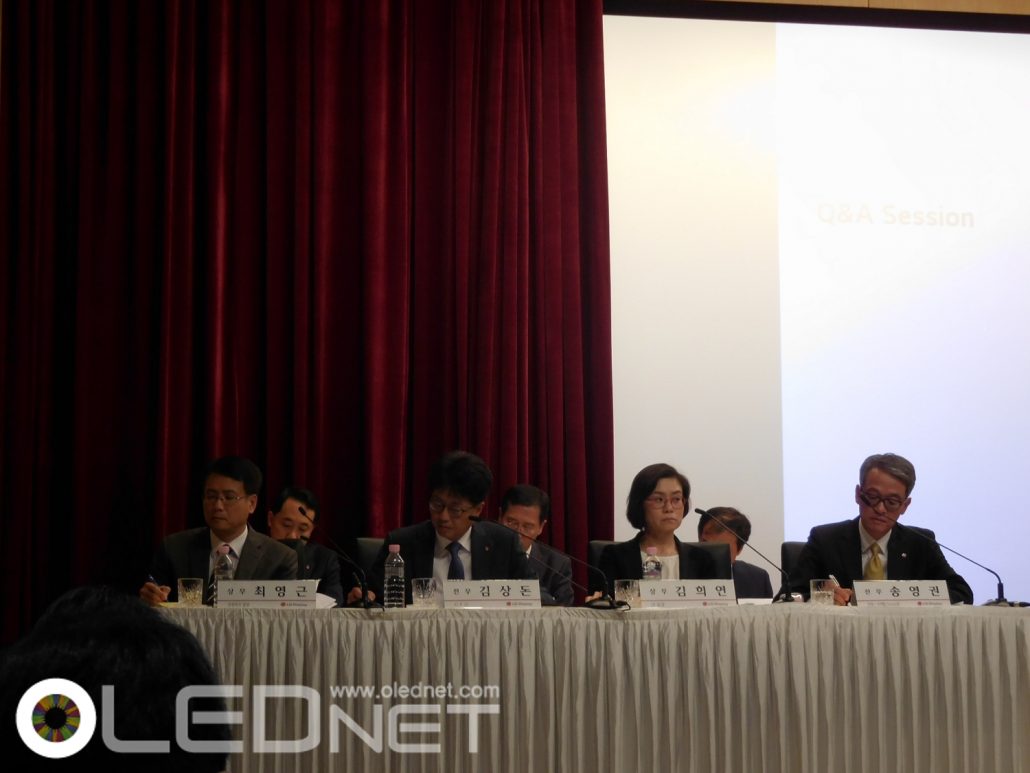
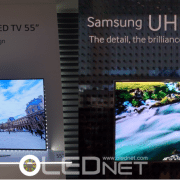
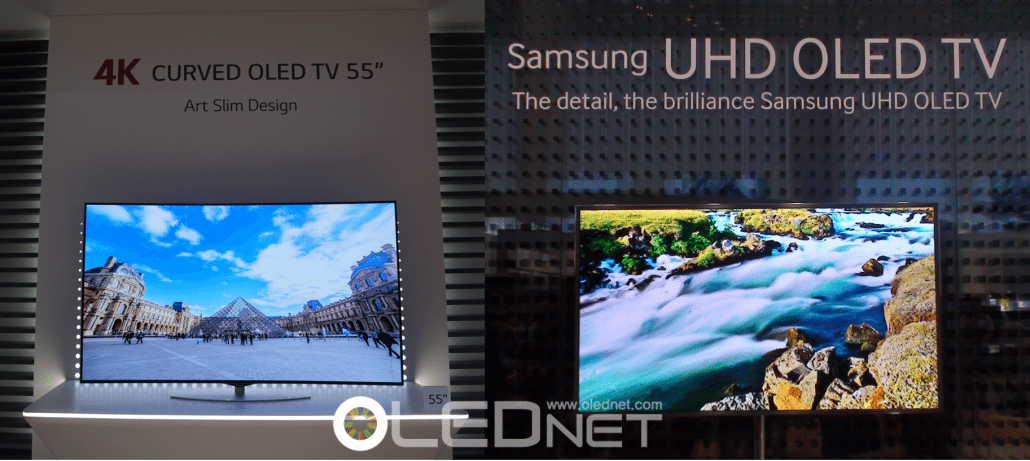
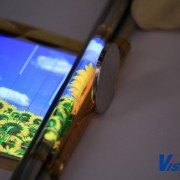

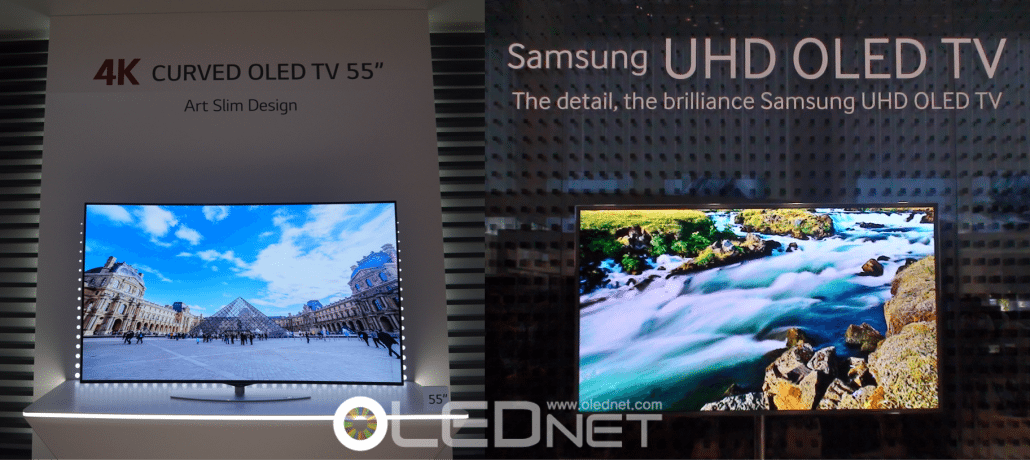


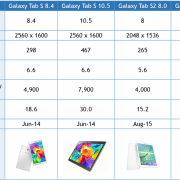
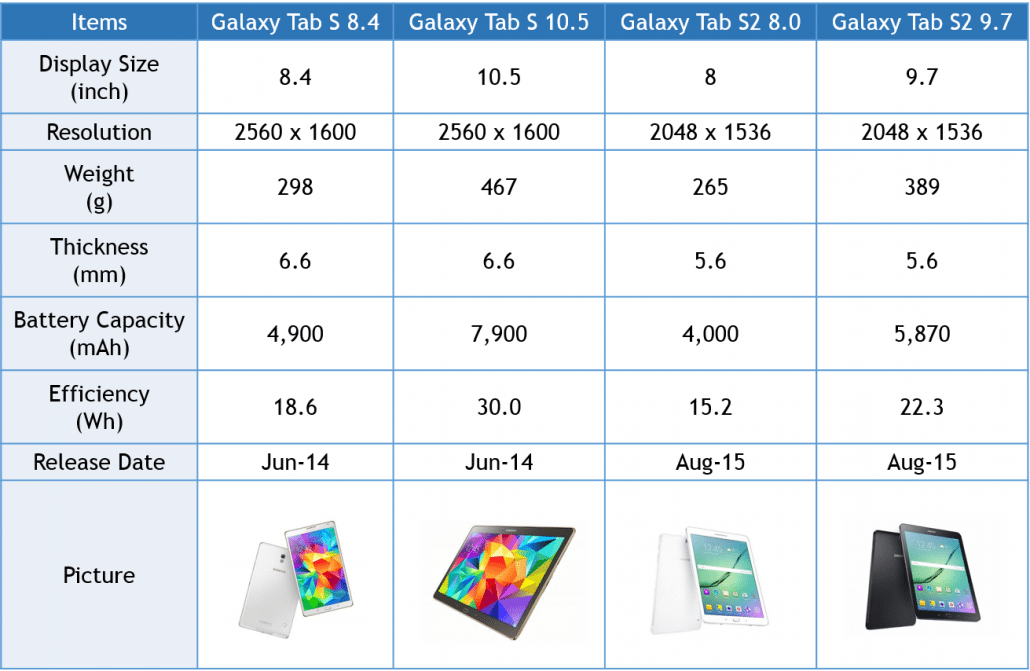
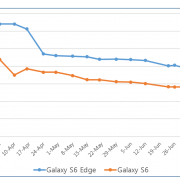
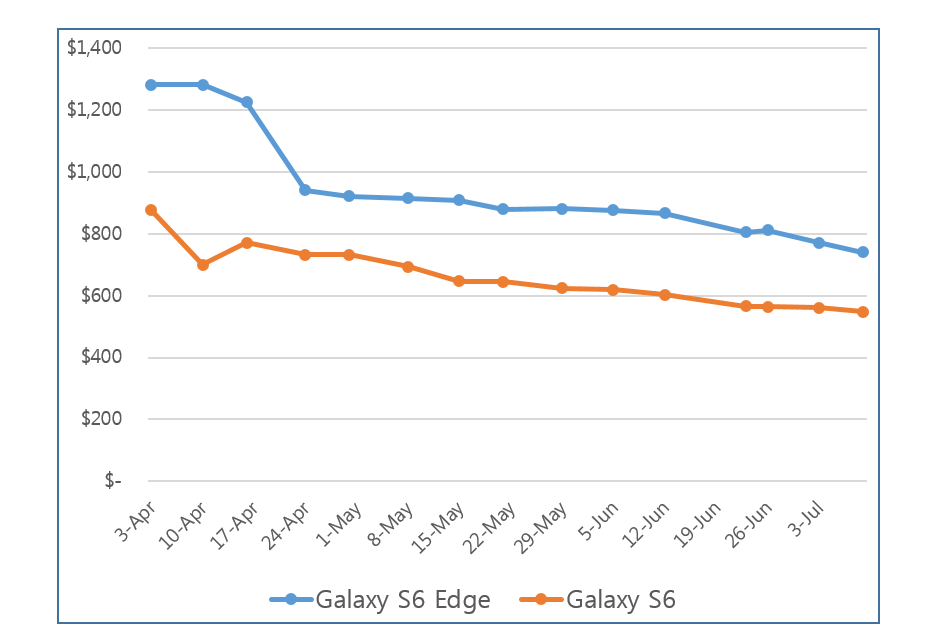


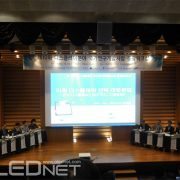

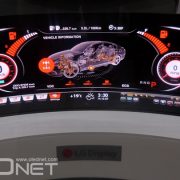
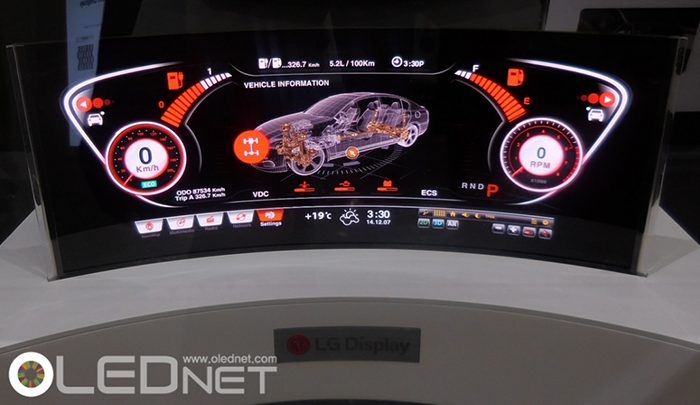
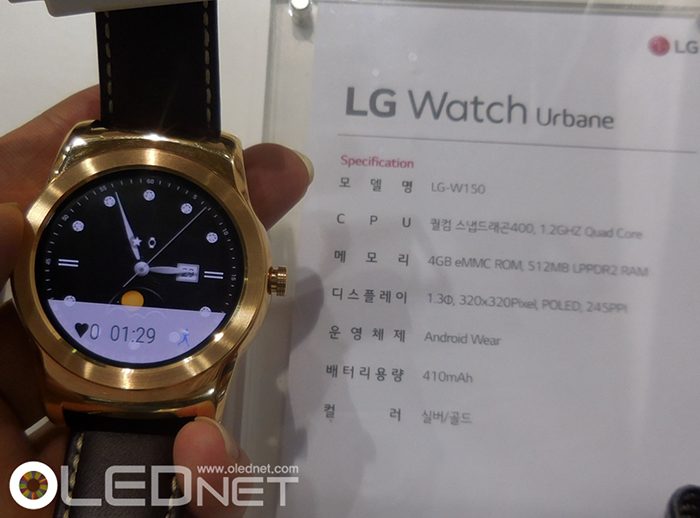


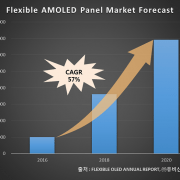
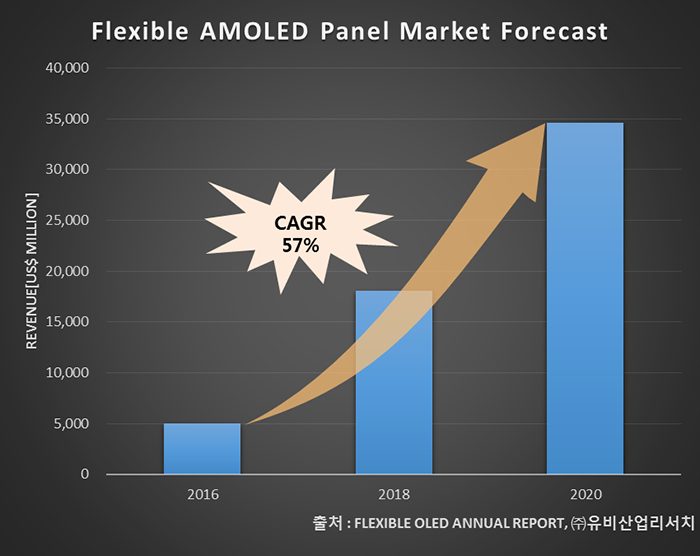
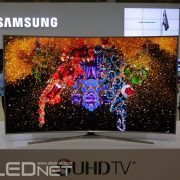
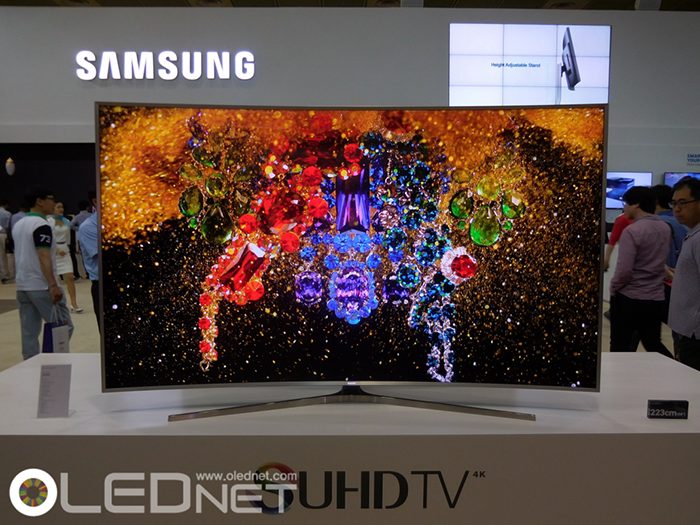
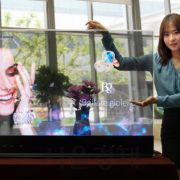
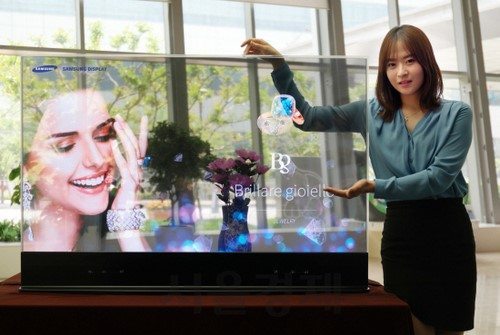
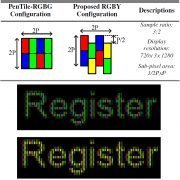
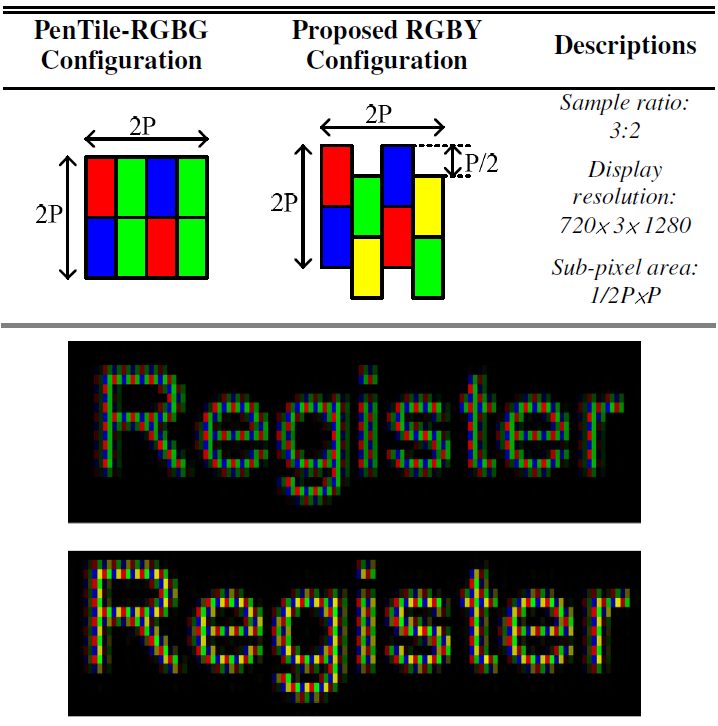




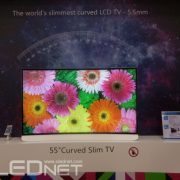
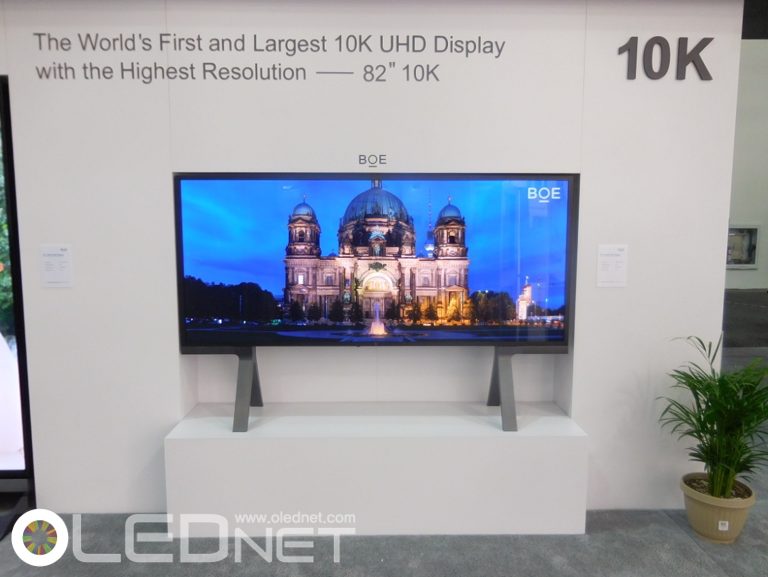
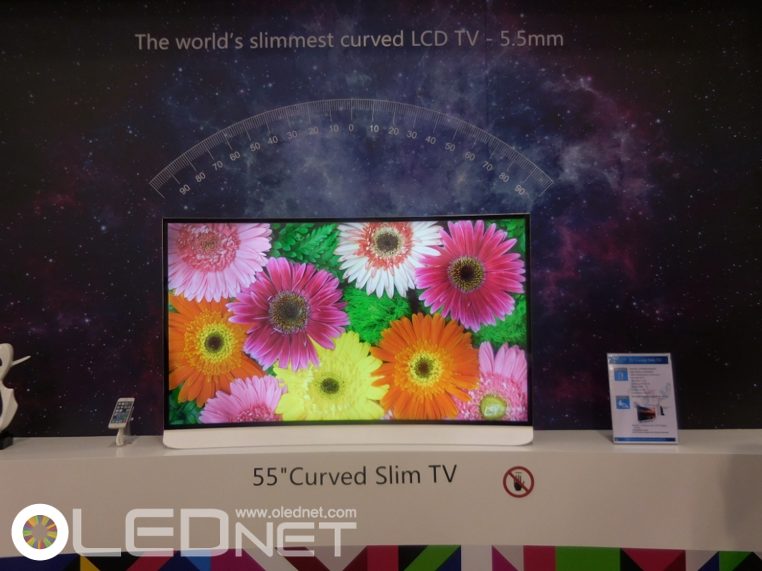
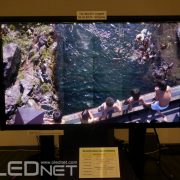
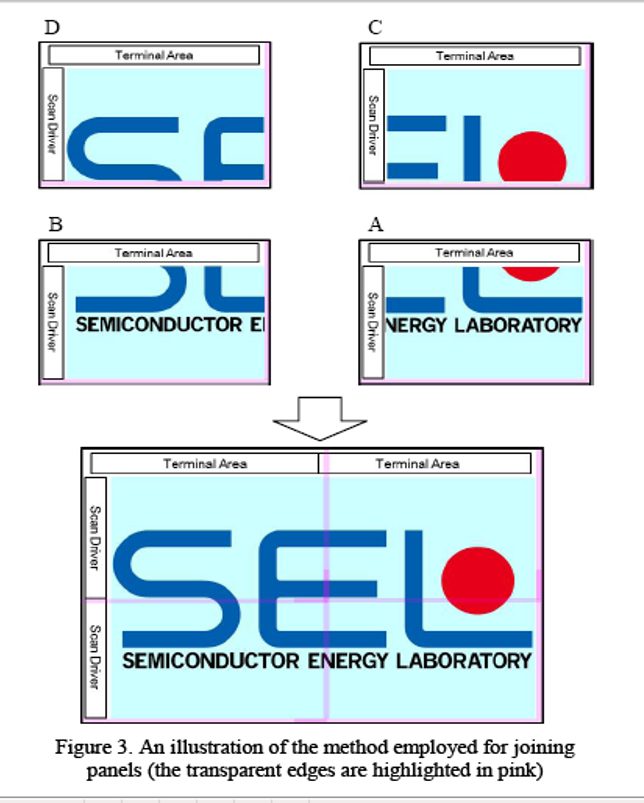
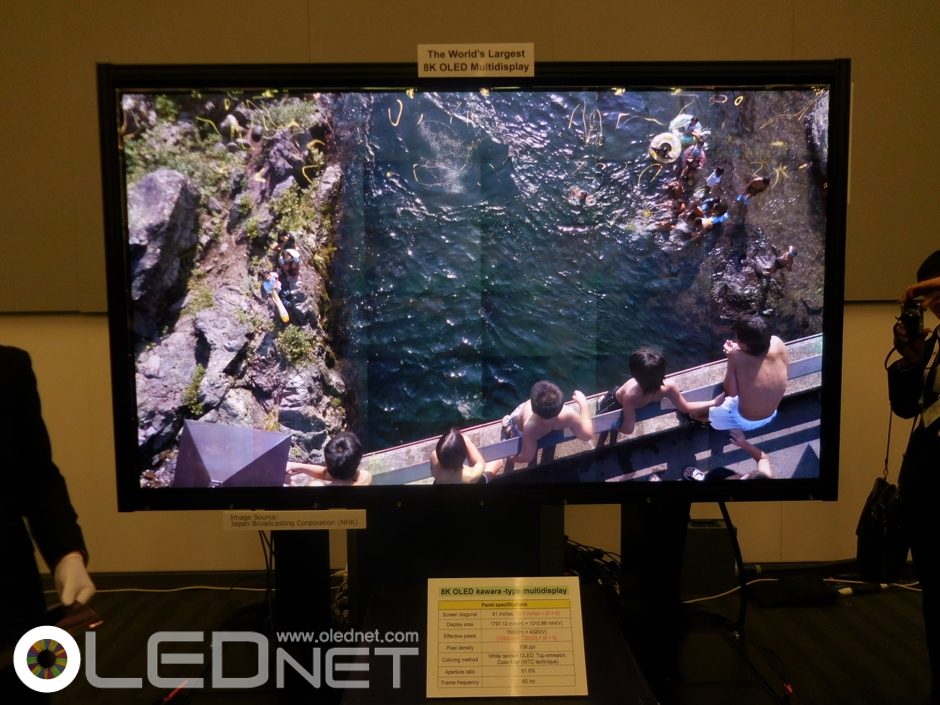
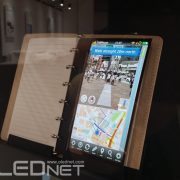
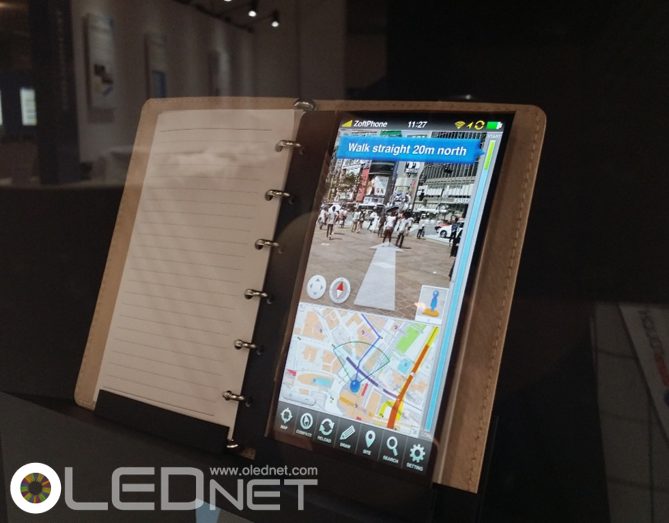
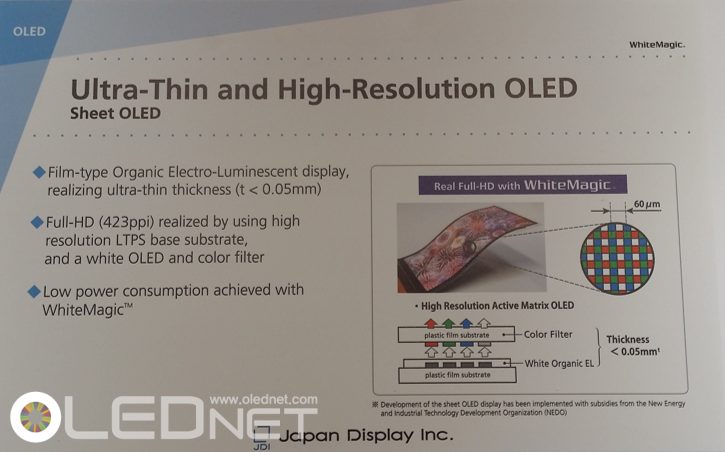
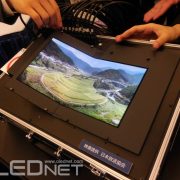
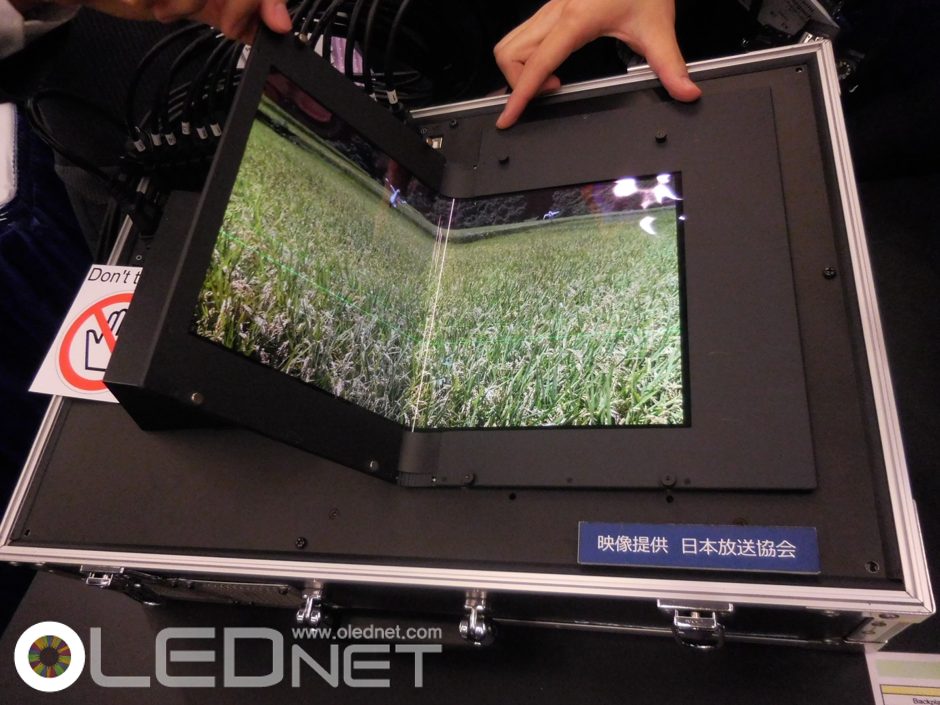
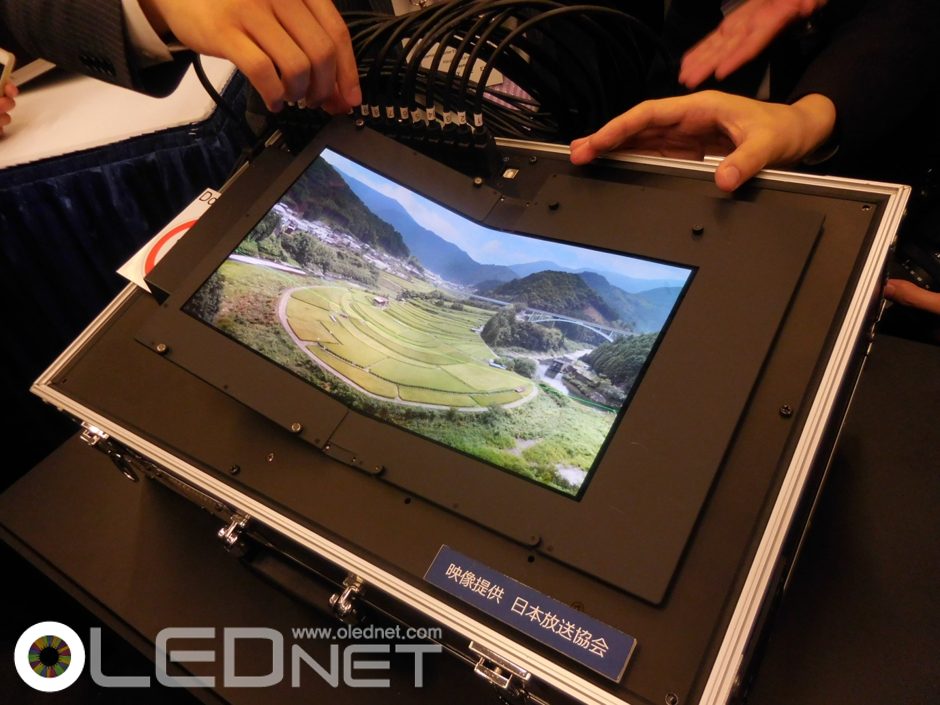
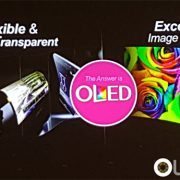
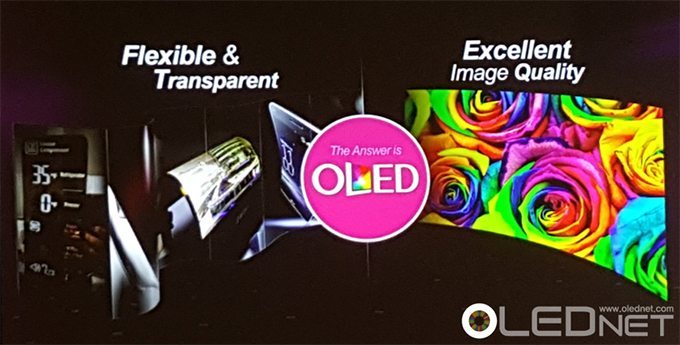
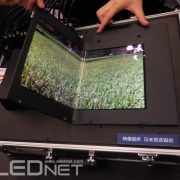

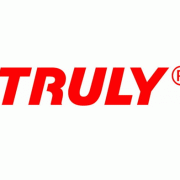
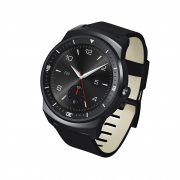






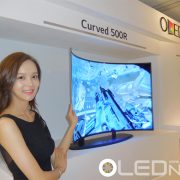





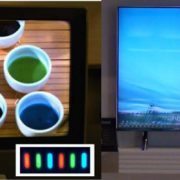



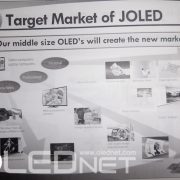
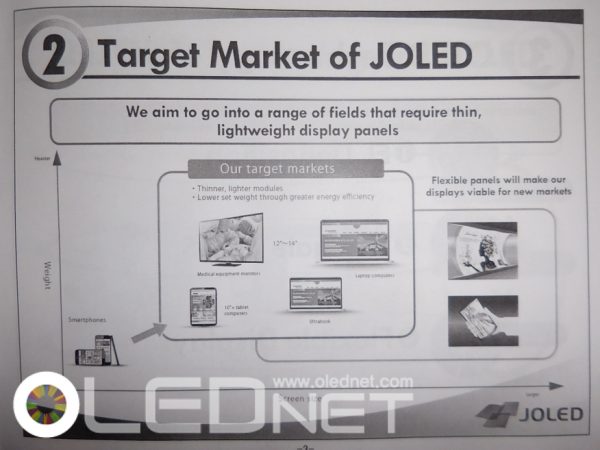
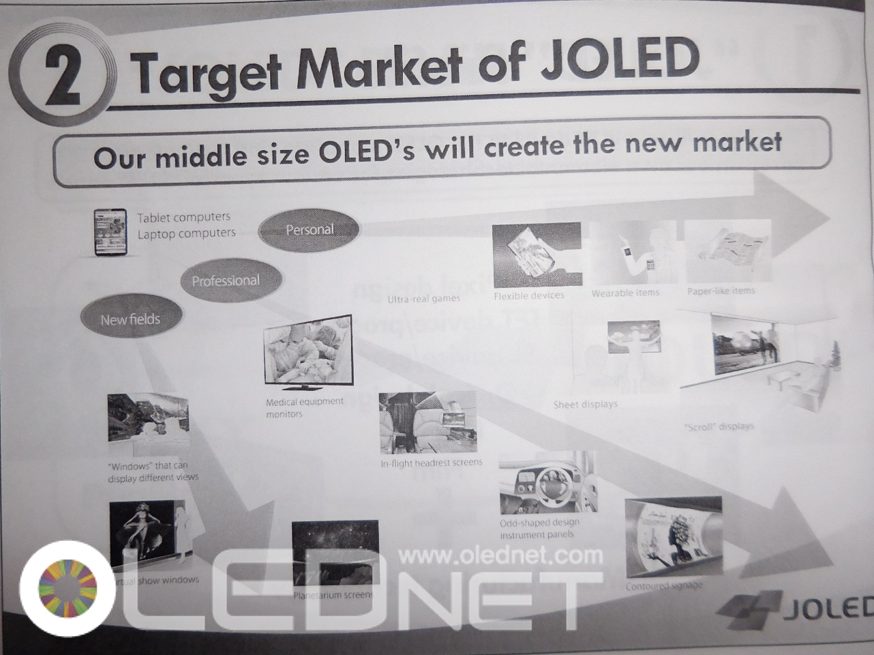
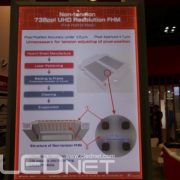
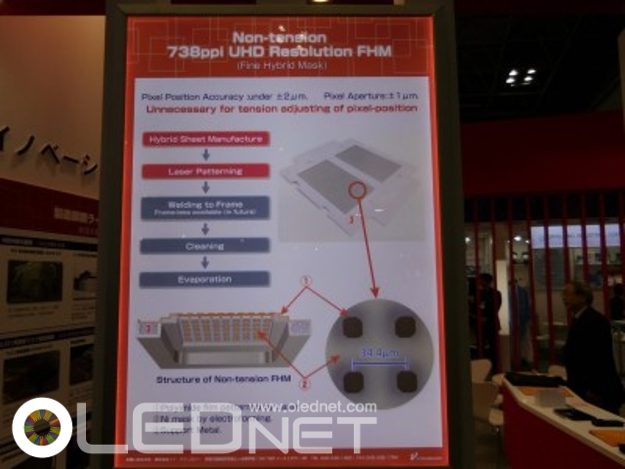

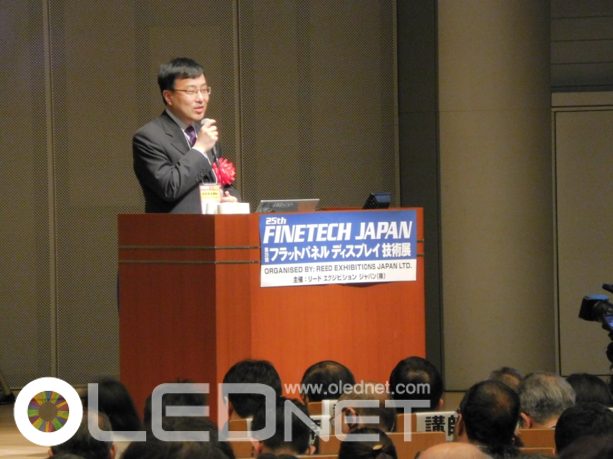









![[FPD China 2015]Tianma, FHD OLED panel](http://www.olednet.com/wp-content/uploads/2015/03/p8253-300x225.jpg)



![150309_[Geneva Motor Show 2015] 운전자 편의를 고려한 자동차용 디스플레이1](http://www.olednet.com/wp-content/uploads/2015/03/150309_Geneva-Motor-Show-2015-운전자-편의를-고려한-자동차용-디스플레이1.png)
![150309_[Geneva Motor Show 2015] 운전자 편의를 고려한 자동차용 디스플레이](http://www.olednet.com/wp-content/uploads/2015/03/150309_Geneva-Motor-Show-2015-운전자-편의를-고려한-자동차용-디스플레이.png)
![150309_[Geneva Motor Show 2015] 운전자 편의를 고려한 자동차용 디스플레이2](http://www.olednet.com/wp-content/uploads/2015/03/150309_Geneva-Motor-Show-2015-운전자-편의를-고려한-자동차용-디스플레이2.png)
![150309_[Geneva Motor Show 2015] 운전자 편의를 고려한 자동차용 디스플레이3](http://www.olednet.com/wp-content/uploads/2015/03/150309_Geneva-Motor-Show-2015-운전자-편의를-고려한-자동차용-디스플레이3.png)
![150309_[Geneva Motor Show 2015] 운전자 편의를 고려한 자동차용 디스플레이4](http://www.olednet.com/wp-content/uploads/2015/03/150309_Geneva-Motor-Show-2015-운전자-편의를-고려한-자동차용-디스플레이4.png)












































































